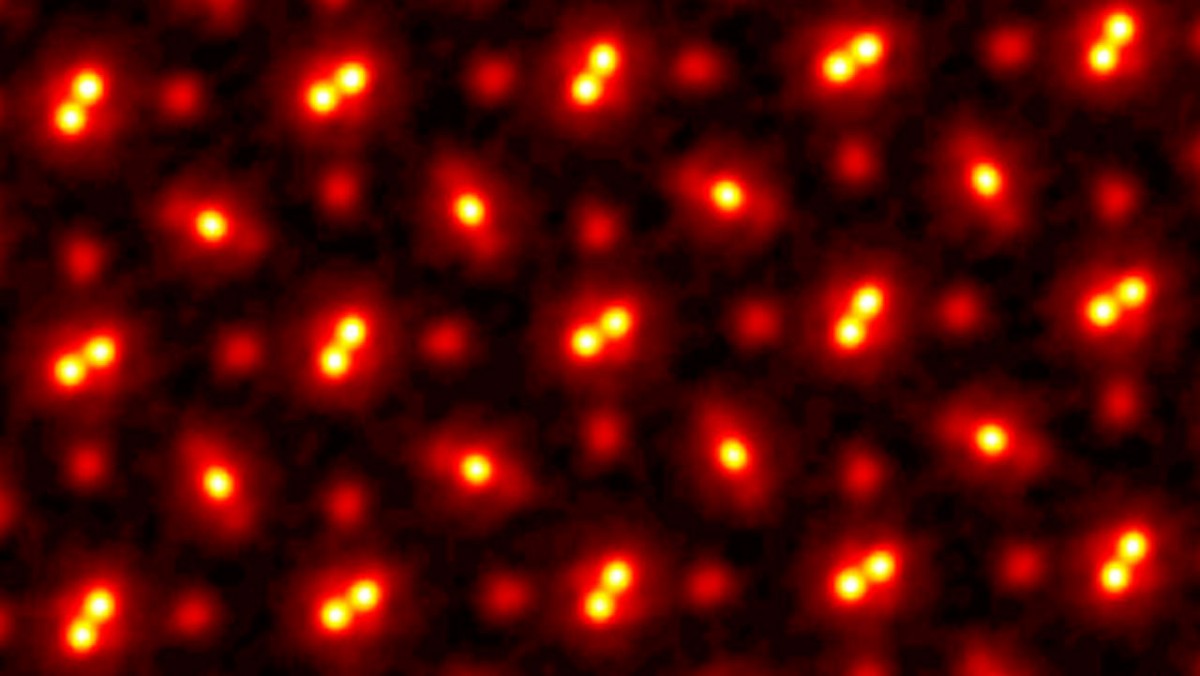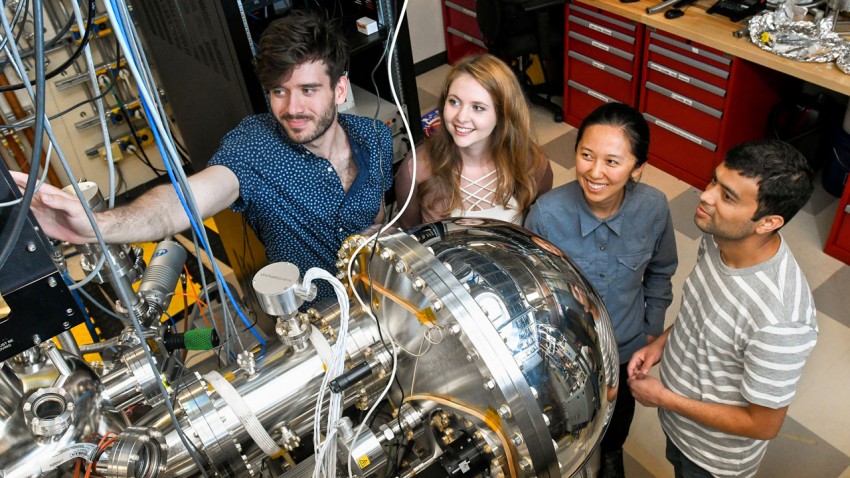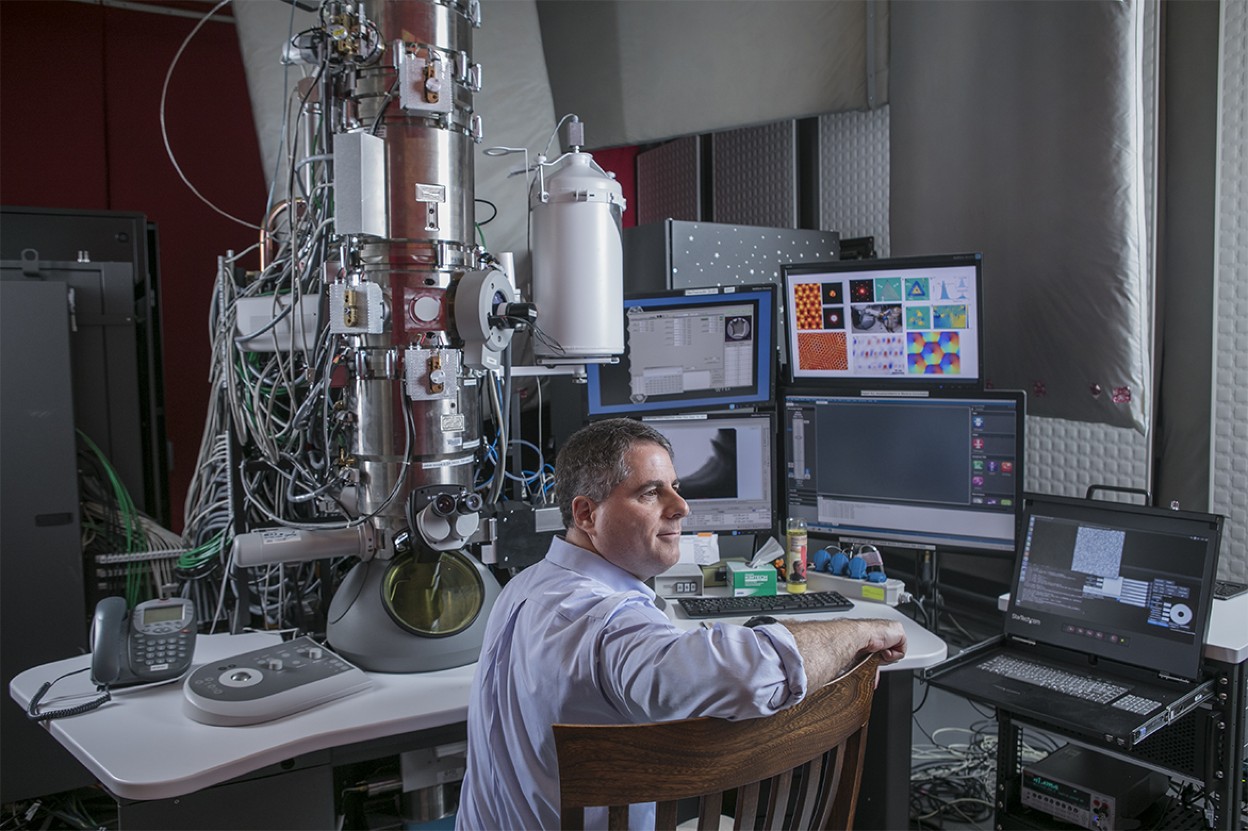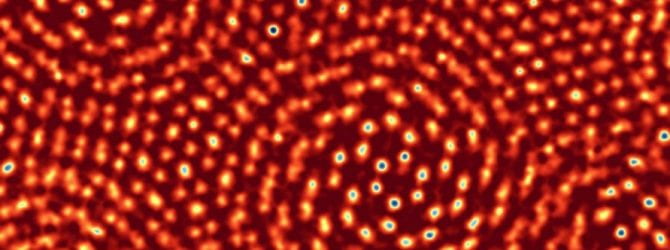News

The most read story of 2021 was an “Amazing inquiry on a nanoscopic scale topped all stories in 2021 after Engineering researchers, led by David Muller, set a world record by tripling the resolution of a state-of-the-art electron microscope”

In this episode of the “Stories from the NNI” podcast, David Muller highlights the progress made to continuously improve the resolution of electron microscopes in order to explore atomic structures in more detail.

Using a new detector technology, and sophisticated algorithms to disentangle the multiple electron scattering in the sample, we have been able to reconstruct atomic resolution images down to a resolution set by the thermal vibrations of the atoms themselves.

PARADIM has received a second award of $22.5 million from the National Science Foundation to fund another five years of enabling scientists, engineers and entrepreneurs nationwide to design and create new inorganic materials for use in electronics. Muller has been appointed Director of Electron Microscopy Facilities at PARADIM

Judy Cha, Ph.D. ’09 from the Muller Group, and Alex Kwan, Ph.D. ’09, will bring to their alma mater expertise in nanoscale materials and cellular-resolution optical imaging, respectively.

Cornell researchers have created what is potentially the world’s smallest self-folding origami bird by using micron-sized shape memory actuators to bend and hold its form.

“Technological advances are transforming what researchers can study at the atomic scale. Muller’s images represent the latest of a burst of technological advances that are triggering a revolution in what researchers can probe using transmission electron microscopes (TEMs) — devices as tall as a room that send beams of electrons through samples to explore structures…

A new detector technology lets us more than double the resolution of our electron microscope, resolving features 0.4 Angstoms apart. With a record resolution well below the shortest bond length, finding a good test object was a challenge. Twisted bilayers of two-dimensional molybdenum sulfide gave us the world’s smallest ruler – where the projected distance…

Watch Prof. Muller explain the behavior of gold atoms on Nova’s Treasures of the Earth: Metals on PBS!


